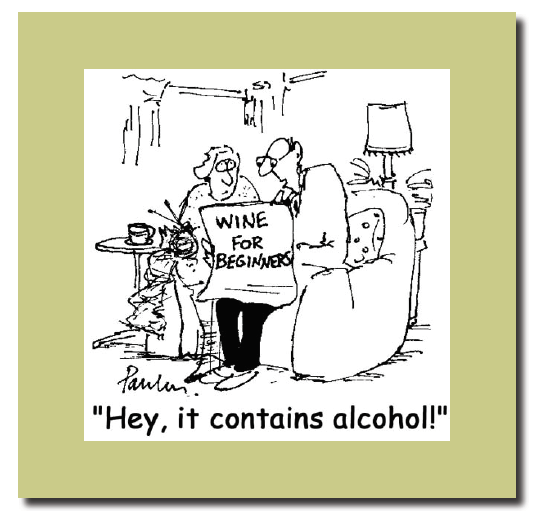Making Sense of Wine Alcohol
The alcohol content in wine, which is mainly ethyl alcohol, is expressed in per cent by volume of the total liquid
(ABV). Brix (symbol Bx) is the measurement of the ratio of dissolved sucrose sugar to water in a liquid such as
grape juice and is expressed in per cent or degrees. For example, a 25° Brix solution is 25% with 25 grams of
sucrose sugar and 75 grams of water in 100 grams of solution. Knowing the Brix of the grapes prior to
fermentation, the potential alcohol of the finished wine can be determined if all of the sugar is fermented. A prefermentation
Brix or sugar content of 22.5° of grape juice will produce a potential alcohol (ABV) of 13.0%, 24.8°
Brix will produce 14.3 %, and 25.8° Brix will produce 15.1%.
The Alcohol and Tobacco Tax and Trade Bureau (TTB) requires that the alcohol is stated on the front or back
label of a bottle of wine (the exception is wines between 7% and 14% alcohol which may be labeled “table
wine” or “light wine”). The tax rates for wine are determined first by whether the wine is higher than 14%
(considered dessert wine) or under 14% (a table wine) and then by the tolerance (called “label leeway”) levels.
The tolerance range for under 14% wines is 1.5% (for example, a 12.5% wine may be labeled anywhere from
11% to 14%). The tolerance range for over 14% wines is 1% (a wine labeled 15% may have anywhere from
14.01 to 16% alcohol). It is not permissible for a tolerance level to cross tax classes - for example, a wine at or
below 14% cannot be labeled as above 14%, and a wine above 14% cannot be labeled as less than 14.01%.
This tolerance level allows many wineries to downplay their alcohol levels within the tolerance levels, but
intentional mislabelling of alcohol content is a serious federal offence.
Wonder why so many French and other European wines are labeled 12.5%? It is because wines with more
alcohol than 14% are taxed 50% higher.



